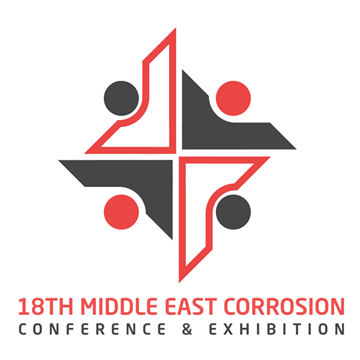Search
Individual Conference Papers
View as
Sort by
Display
per page
Novel Crosslinking Isocyanate-Free Coatings Technology
Product Number:
51217-065-SG
Publication Date:
2017
$20.00
Novel Evaluation Of The Failure Of Coatings In A Marine Environment
Product Number:
51322-18033-SG
Publication Date:
2022
$20.00
Novel External Corrosion Prevention Equipment Lifecycle Management Approach
Product Number:
51323-19415-SG
Publication Date:
2023
$20.00
Novel Fumed Silica Innovation Drives New High-Performance for Thermal Insulation Coatings
Product Number:
51323-18923-SG
Publication Date:
2023
$20.00
Novel HDD Mechanical Protection for Reduced Holidays
Product Number:
51323-19303-SG
Publication Date:
2023
$20.00
Novel Heat-Conducting “Metallic” Coatings Against Biofouling And Biocorrosion
Product Number:
51322-18178-SG
Publication Date:
2022
$20.00
Novel Hybrid Model For Under Deposit Corrosion Risk Assessment Of Crude Pipeline In Sand Producing Field
Product Number:
51322-17744-SG
Publication Date:
2022
$20.00
Novel Integrated Tool for Internal Corrosion Direct Assessment: A Case Study
Product Number:
51323-19251-SG
Publication Date:
2023
$20.00
Novel Internal Coating System for High Concentration H2S Environments
Product Number:
MECC23-19951-SG
Publication Date:
2023
$20.00
Novel Isocyanate-Free Resins for 1- and 2K Protective Coatings
Product Number:
51219-193-SG
Publication Date:
2019
$20.00
Novel Low-Cost Sample Holder Prevents Crevice Corrosion in Pitting Corrosion Tests
Product Number:
51323-19081-SG
Publication Date:
2023
$20.00
Novel Membrane-Based Corrosion Sensors For Operating In Natural Gas Pipelines
Product Number:
51321-16870-SG
Publication Date:
2021
$20.00












